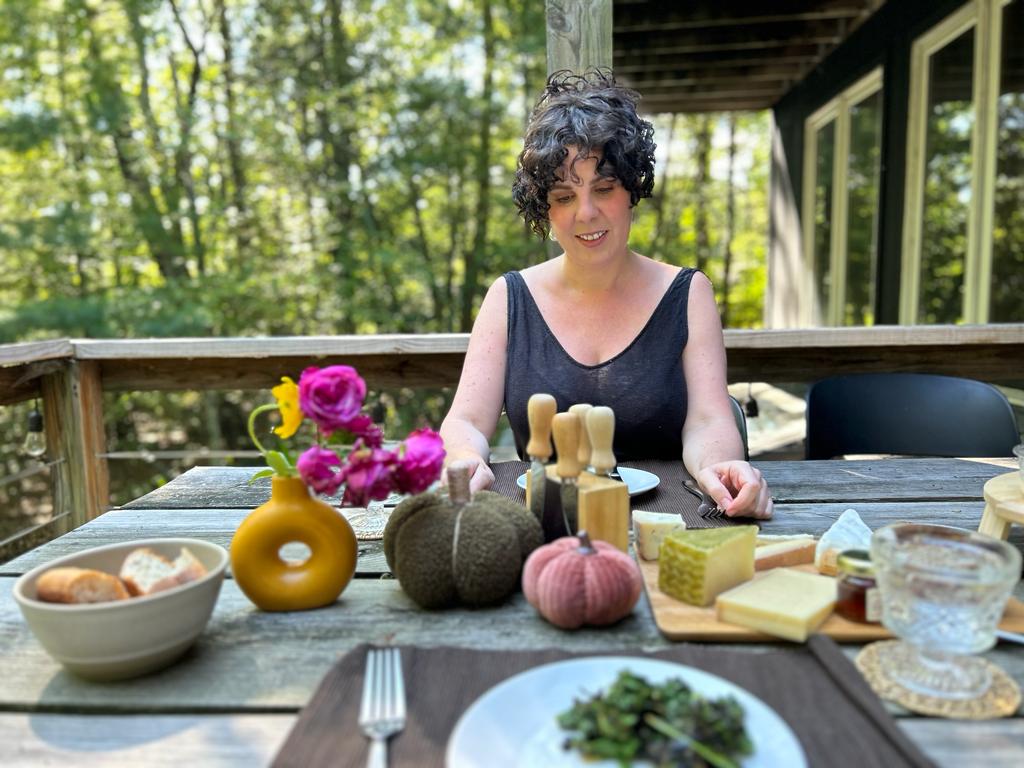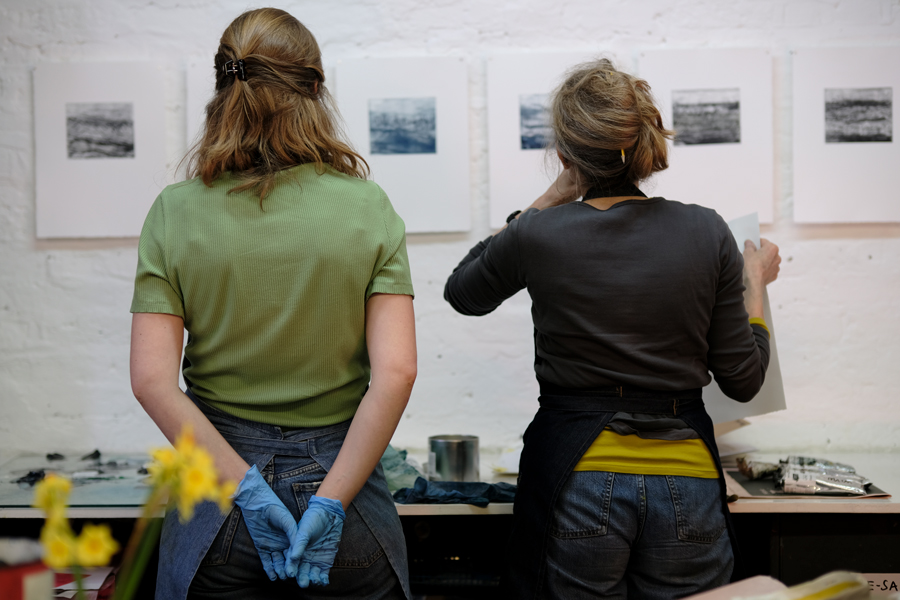
FEATURE
Carborundum
Abrasive carborundum grit (silicon carbide) is mixed with acrylic medium or glue and painted onto a flat surface, such as plastic or metal.
TECHNIQUE
Carborundum
Abrasive carborundum grit (silicon carbide) is mixed with acrylic medium or glue and painted onto a flat surface, such as plastic or metal.

The marks can be very painterly, thick and very textured or thinned with water to make more washy marks. Once dried, the carborundum and glue mixture forms areas of texture that can be inked intaglio. Other acrylic mediums and texture pastes can be used.
The advantage of carborundum plates is they are relatively cheap to make, so good if you want to work larger. In some etching techniques, the colour changes as you wipe the plate. This doesn’t happen with carborundum plates, so they are brilliant for printing bright, clean colour.
More printmaking techniques
Lithography
An image is painted, drawn or stencilled onto a slab of limestone or a metal plate (often aluminium) with oily materials, including greasy crayons and pencils, special ink called tusche, and photochemical transfers.
More Features
All featuresOn Siss / Phuss: Ziqi Xu in conversation with Livia Wang
“It’s all because I want to see myself, I want to see those unnoticed moments, how they pass by, what is really happening. So that makes the work very personal.”
Artist talk: Sarah Gillett
In this podcast episode released by Fermynwoods Contemporary Art, Sarah Gillett talks about her research on how astronauts dream, the promise of future seances, and the joy of collaboration.
With a lot of help from you – our 2024 Crowdfunder story
In May 2024 we ran a Crowdfunder appeal to raise £10,000 for two new presses and improvements to the studio. We are thrilled to say that we exceeded our target with donations of over £11,500.






